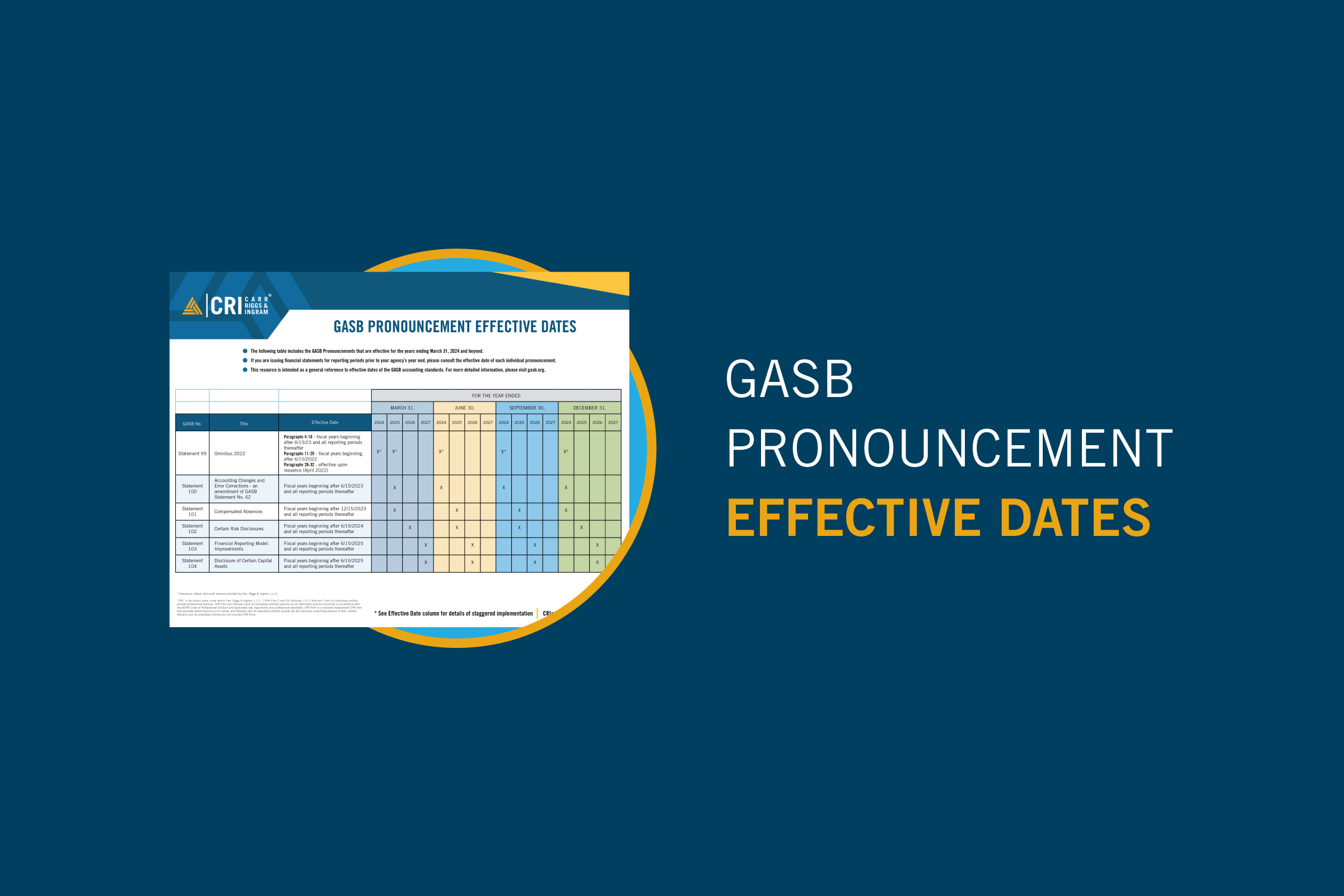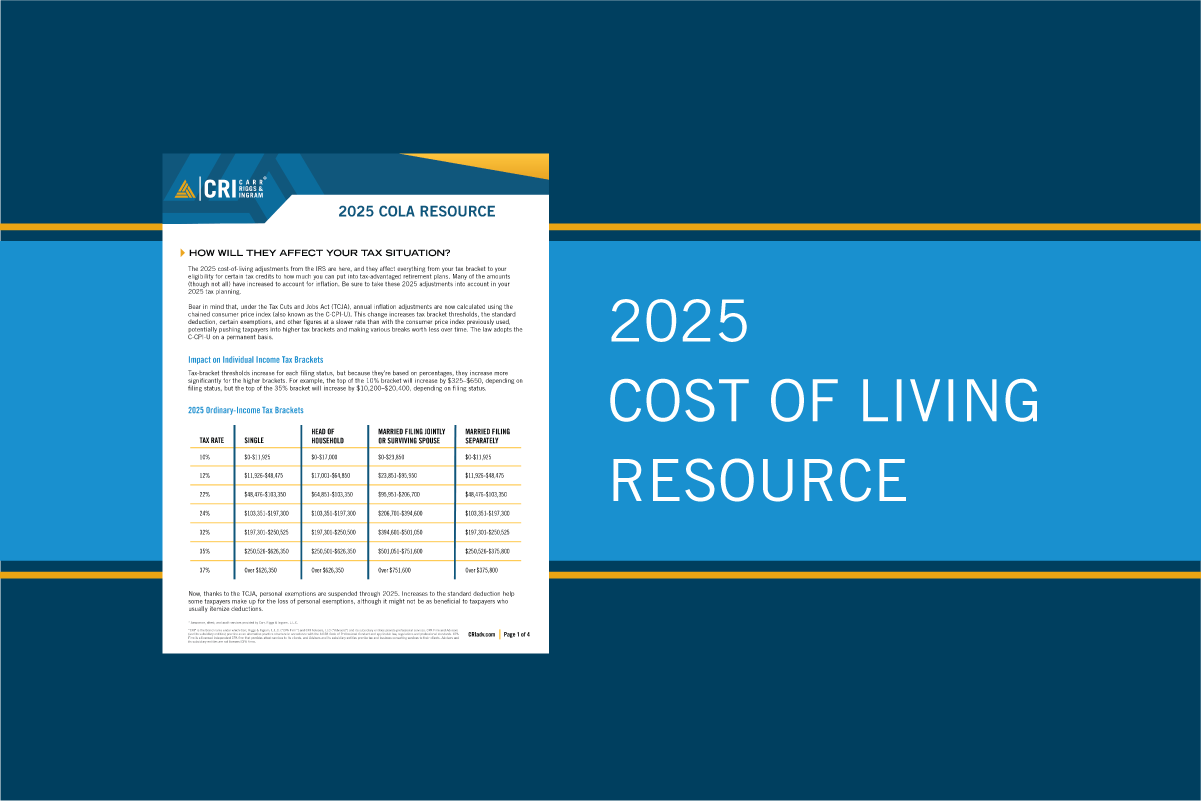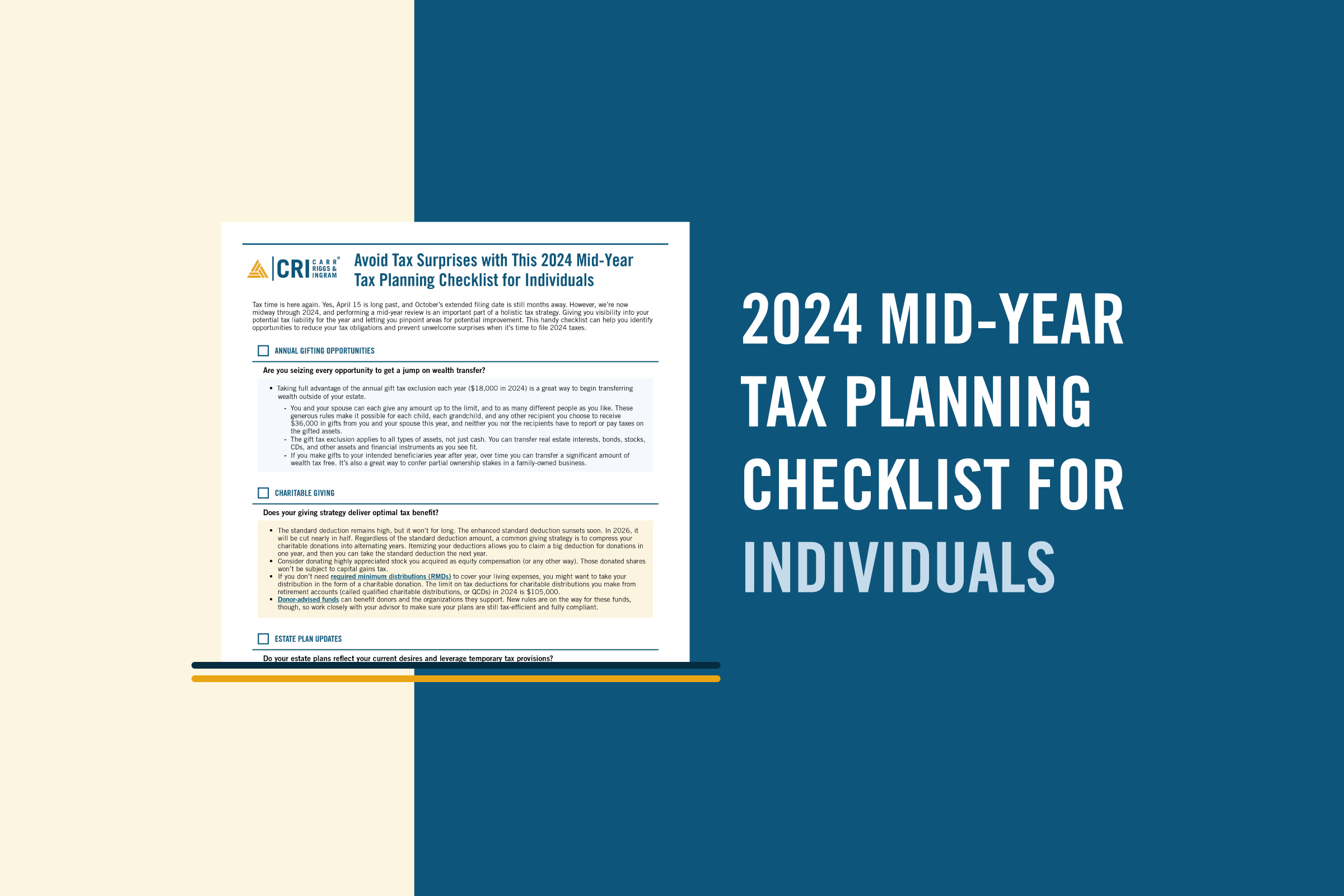4 Steps on the Path to Timely Payments
Dec 27, 2018
Sending clear invoices in a timely manner and to the right person in the payables department – as well as following up on those invoices – is essential to being paid on time. However, effective invoice processing is just one aspect of receiving timely payments. Below are four additional steps to realizing the nirvana of a more reliable cash flow.
Step #1: Shorten Payment Terms
Businesses looking to receive their payments sooner may want to consider shorter payment terms. Online accounting software company Xero analyzed more than 12 million small business invoices submitted between 2009 and 2012 and made some interesting observations. For example, it may be natural for a business owner to think that if he wants to be paid in 30 days, then he should send an invoice with “net 30 days.” Furthermore, his client should schedule payment accordingly. However, Xero’s analysis showed that business owners looking to be paid in 30 days should set payment terms of no more than 13 days.
Other insights from the study include:
- Clients pay, on average, two weeks late – regardless of payment terms.
- Two-day payment terms resulted in the fastest payment time: 10 days. In other words, clients whose bills have two-day payment terms are, on average, eight days late instead of two weeks late.
- Thirty-day payment terms resulted in an average turnaround time of more than 50 days.
Step #2: Offer Incentives for Early Payment
One incentive could be a discount for customers who pay sooner than the designated payment terms. For example, a term of “2/10 net 30” means that a customer will receive a 2% discount if he or she pays the invoice within 10 days. An alternative path is to impose late fees on those who pay after the due date. However, those penalties can be hard to enforce and may have a negative impact on an ongoing client relationship.
Step #3: Consider Credit Card and Electronic Payments
Many clients pay more quickly if they can conduct an electronic transaction instead of mailing a check. Credit card services are relatively easy to use, although they typically charge a fee. Therefore, consider whether the reduced stress and collections efforts are worth the cost of credit card fees. In addition, many businesses have electronic payment systems. It may be best to sign up for several different services to accommodate the payments from different clients. Completing such a task may require more work upfront, but doing so may help payments come in much more quickly and reliably.
Step #4: Automate the Process
In some cases, users can program their accounting software to generate bills based on monthly progress or completed projects. They may even be able to set email notifications for past due payments. By automating such processes, businesses may be more likely to save time. In turn, they can focus on improving offerings, keeping existing customers happy, and attracting new clients. Automation can even include reminder notices for payments past due that also copy you on the information.
CRI Can Help You Achieve the Next Level of Timely Payments
Invoicing and collections are necessary for any organization. However, it is common for business owners to focus on a great idea and a desire to get to market without thinking about how they will be paid. Whether you are a new or a seasoned business owner or CFO, you will most likely benefit from a review of what works and what needs improvement in regard to cash flow. If you want to improve your organization’s invoicing and collection processes, then CRI’s client accounting services team is ready to help you. Our accounting platform can guide you on a different path to boosting your company’s performance and achieving nirvana with timely payments. Learn more about our technology, and contact us if you have any other questions.




























































































































































































































































































































































































































































































